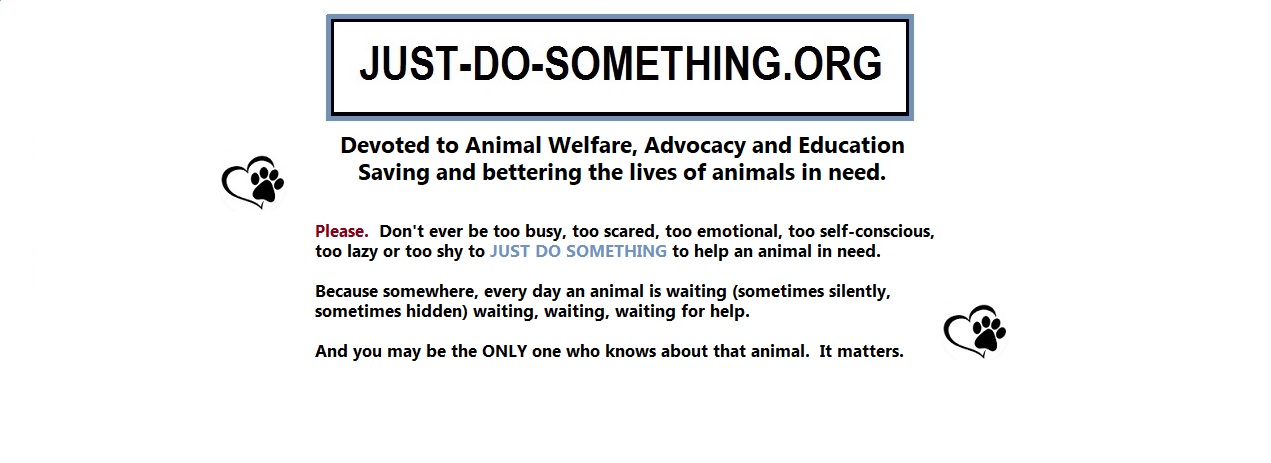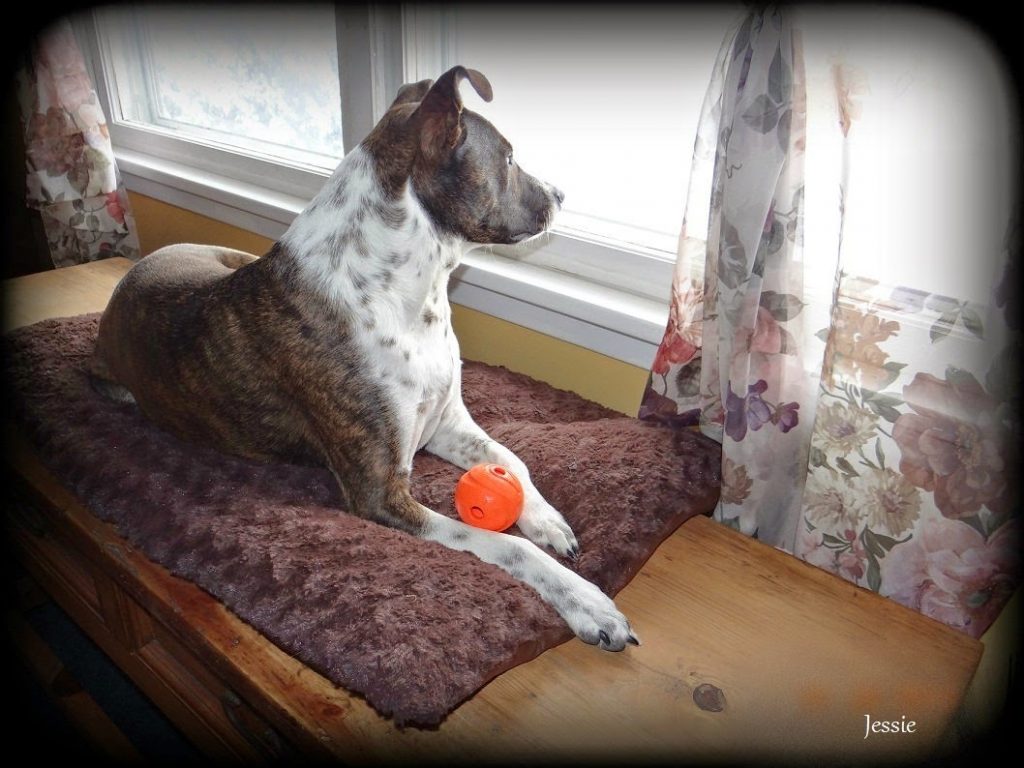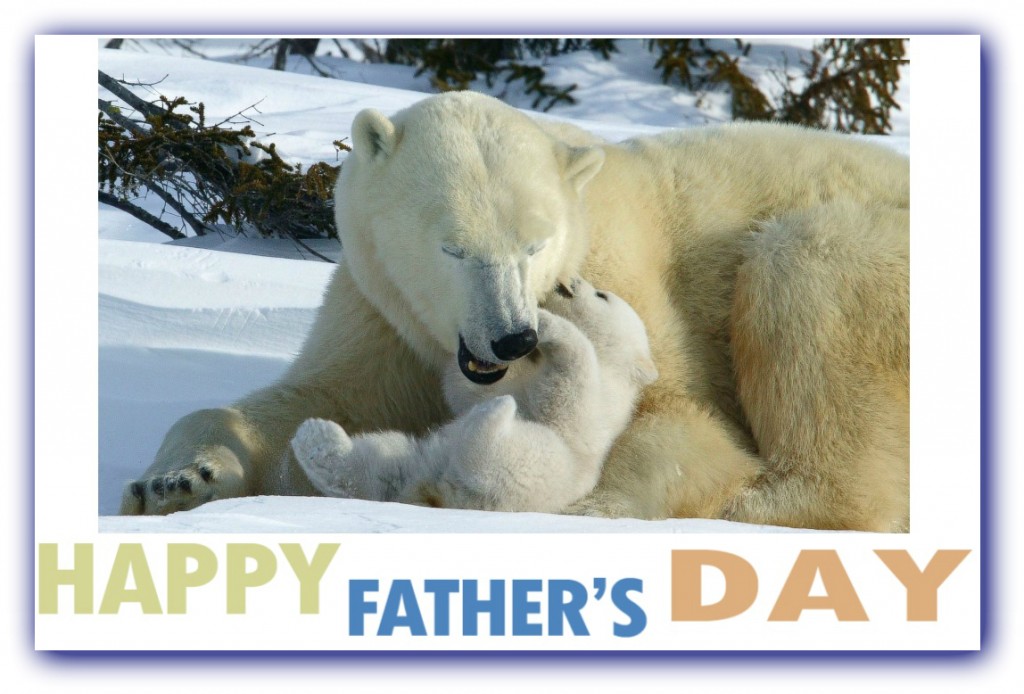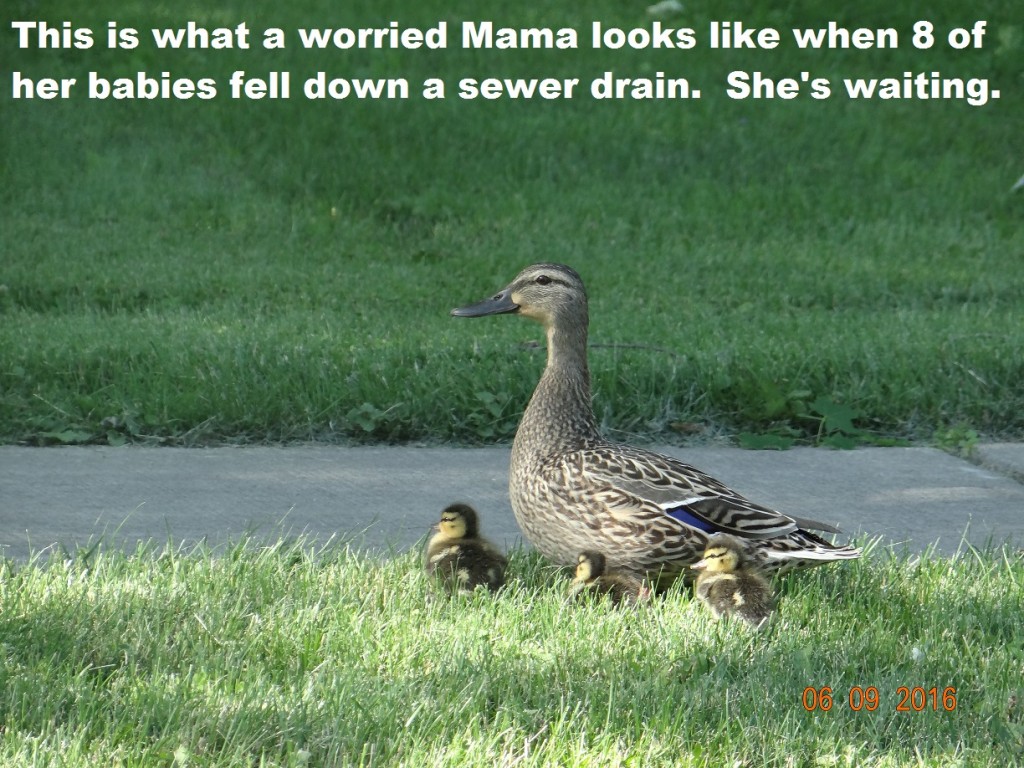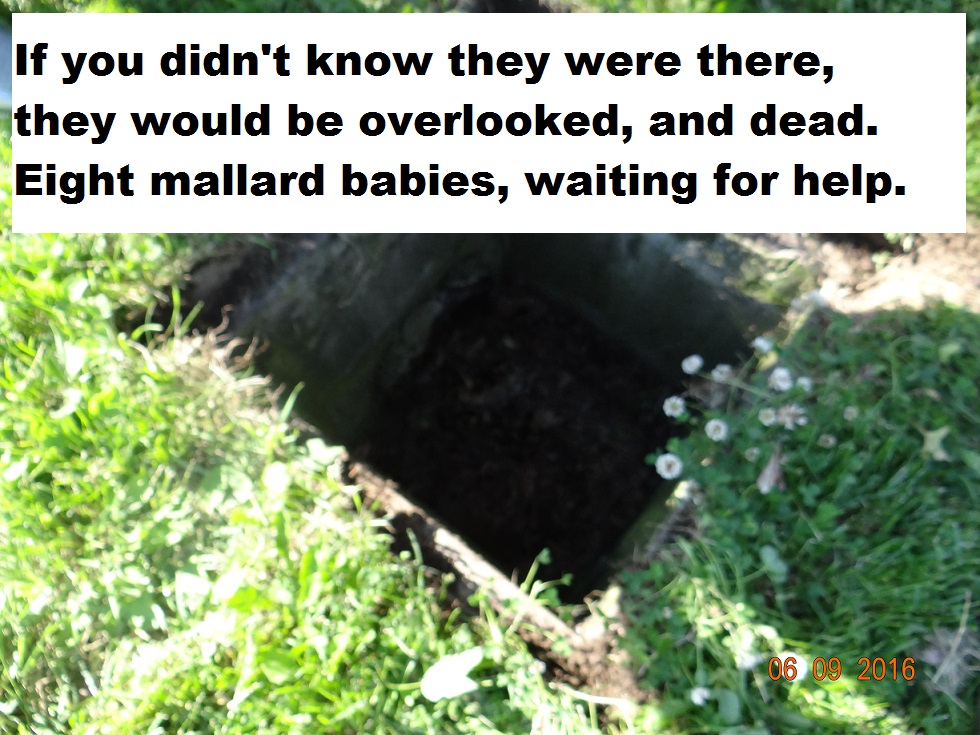Fur Real (from Janet)
Have you ever just put your hands gently on your dog or cat, ran your fingertips down their back or flank, and watched their skin and fur ripple underneath your touch?
Our rescue dog, Jessie, is very receptive and reactive to our touch. Running my hand and fingers up and down the length of her back, her skin and fur moves in tiny waves, following the motion of my hand as I glide along her body. It’s a dance of sorts, a fluidity of movement between my hands and her body. We are in harmony, dancing together, talking to each other without making a sound, moving together without being on our feet.
It’s actually a very personal and wondrous experience for me, to know that just by my touch, I cause her so much pleasure that she physically reacts in such a manner.
I remember the first time I noticed her reaction. My husband and I were sitting together with Jessie on the couch, and as we talked and caught each other up on our work days, I was consciously and unconsciously stroking Jessie as I always do (I love to touch her and do so every chance I get).
I trailed my fingers down her back in a pattern, and as I did, her skin and fur swirled and moved underneath my touch.
“Did you see that?”, I asked my husband. It was just one more thing about Jessie that I fell in love with.
Many people think that because a dog or cat has fur, that they can’t feel too much underneath. Nothing can be farther from the truth. Have you ever watched a stray cat eat food outside on a hot day? S/he will know when a fly lands on her fur, and will twitch her muscles in that spot to get that fly to buzz off. If you tug or pull on fur, it’s just like someone pulling or tugging on your hair. If you shave or trim fur, just like cutting your hair, a dog or cat will notice the difference in length and weight, and will be able to feel the difference in cool, warmth or breeze on that spot that has had fur removed.
The Yulin Dog and Cat Meat Festival has begun.
The Festival itself commences around the same time every year, around the Summer Solstice, because traditionally it was believed that eating dog meat during the Solstice would keep the heat at bay.
For many, it isn’t so much about the fact that dogs and cats are being eaten (although that certainly is part of it). It’s about how the animals are treated and tortured before they are killed.
For those that participate in the festival, there are many different levels of the same beliefs when it comes to torturing and slaughtering these dogs and cats. But the main belief is universal – that torturing these animals prior to slaughtering them keeps their meat more tender and flavorful.
In addition to torturing these animals for food consumption purposes, as if that isn’t enough, there is another type of torture that happens.
Dogs and cats are flayed (skinned) alive. One method is to make a small cut in the back of the neck, and then use that as the starting point to rip the skin off the animal.
It is difficult to image such a horrific and surreal image. Even with social media providing detailed accounts and graphic videos, it’s difficult to comprehend any human being deliberately making the decision to hurt and maime a dog or cat in such a manner, all in the name of custom and tradition. All because of inherited beliefs.
When I touch my dog, it is always with care and wonder.
What a wondrous feeling for me – the idea of a living being who is not human, allowing me to touch her. Knowing that my touch soothes, comforts, pleases and relaxes her. When she comes to me, seeking my touch, it is no small thing. It is a privilege that she trusts me, that she asks for my touch, and that she can fall asleep in my presence feeling safe and at ease.
I never get tired of touching her. At marveling over her.
Animals should be touched with kindness; or not at all.
How wonderful life would be for all living beings if everyone felt so.
Praying and thinking of those lives at the Yulin Festival.
